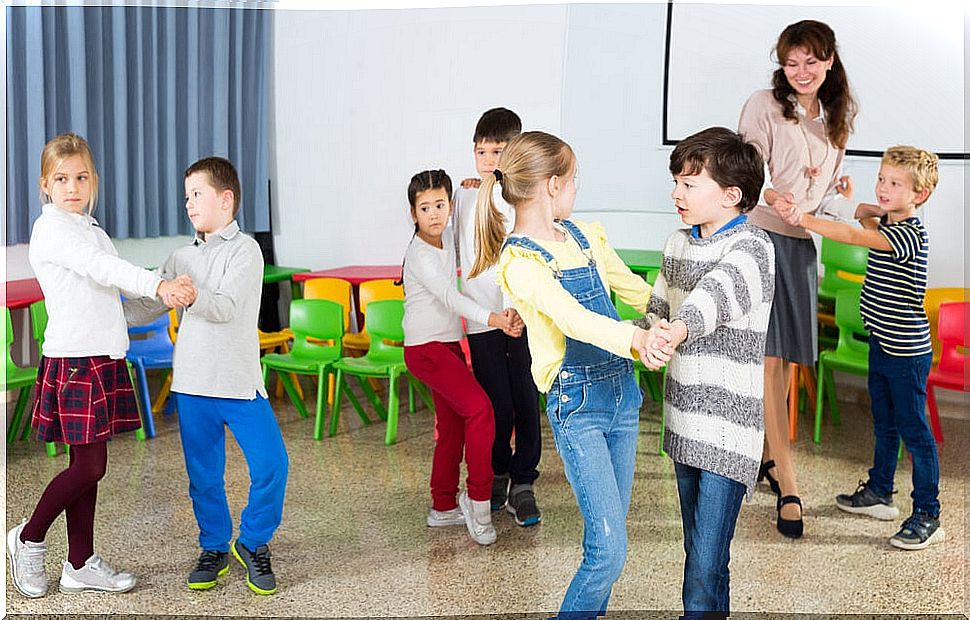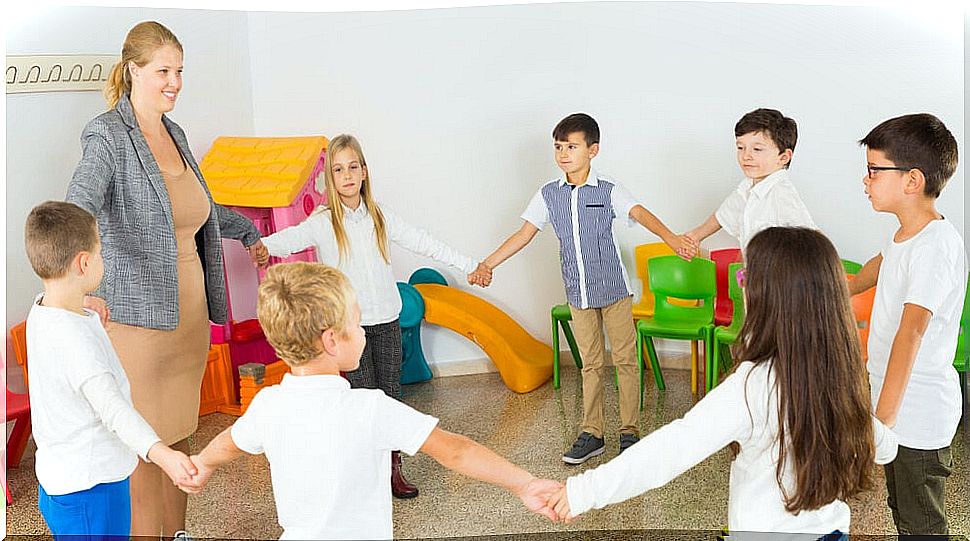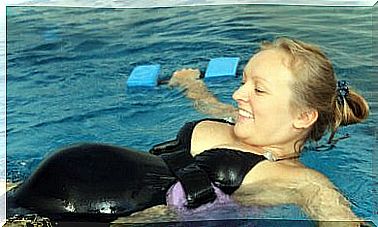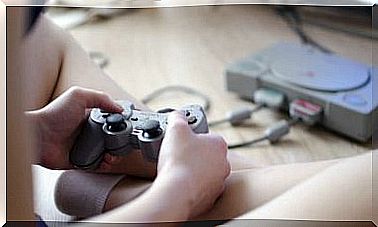Active Breaks To Improve Attention In Class

A new technique that more and more schools are adopting in their day-to-day lives is the technique of active breaks to improve attention in class. This is being done in many educational centers in different countries around the world.
Study about it
Seeking to verify the effectiveness of this, Jordan A. Carlson (Children’s Mercy Hospital, University of Missouri-Kansas City) and other authors carried out a study that tried to promote the movement of students during school hours, seeking conclusions.
In 2014, it was reported that 70% of the teachers in 24 elementary schools who participated in the study attempted to provide breaks for physical activity at least once a day. 44% said they tried to take regular activity breaks.
Teachers who provided regular breaks for physical activity reported that they provided an average of 15 minutes per day. For starters, students who had active breaks for physical activity in the classroom were 75% more likely to meet the recommended 30 minutes of physical activity per day.

These students were less likely to show lack of motivation and were more attentive during class time. Therefore, the use of evidence-based programs to provide physical activity in the classroom (active breaks to improve attention in class) appears to be a great strategy.
These active breaks can be an effective way to improve student behavior and attention in the classroom, and most teachers who provided breaks that included physical activity say they were beneficial.
Currently active breaks
Many children are forced to sit and not speak for a long time in class. This for some is really a real and great challenge. There are more restless children who simply cannot be seated and quiet.
It is possible to harness your energy in a positive way. It’s about finding new ways to improve learning. In many schools, the methodology used is that of active breaks in the classroom, and the results are proving to be really good.
Examples of breaks promoting physical activity at school
These active breaks are essential. At school it is recommended to do them every 50 minutes with intervals of 3 to 5 minutes. During those minutes, we will invite students to get up from their seats and move freely around the class.
All this will always be done under the control of the teacher , thus avoiding harm and even giving some guidelines on what can and cannot be done during those pauses in motion:
- Yes: walk around the classroom freely, talk with classmates.
- Don’t: climb on tables or yell.

Teachers will interrupt their classes for those minutes and afterwards the children will be more focused. This, in addition, will avoid the sedentary lifestyle to which, every time, we are more inclined in society in general. An idea for breaks can be to put on music and dance for a few minutes or even to do mimic exercises led by the teacher.
Active breaks can be related to the content area that is taking place at that specific moment or, simply, they can be free in terms of subject matter. It is the decision of the teacher who is going to put them into practice.
Actually, what we will be doing with these active breaks would not be to lose a few minutes of class, but rather to make the remaining minutes of the subject more useful. It is harmful for children to sit all day getting information and we must remember this and do something.










